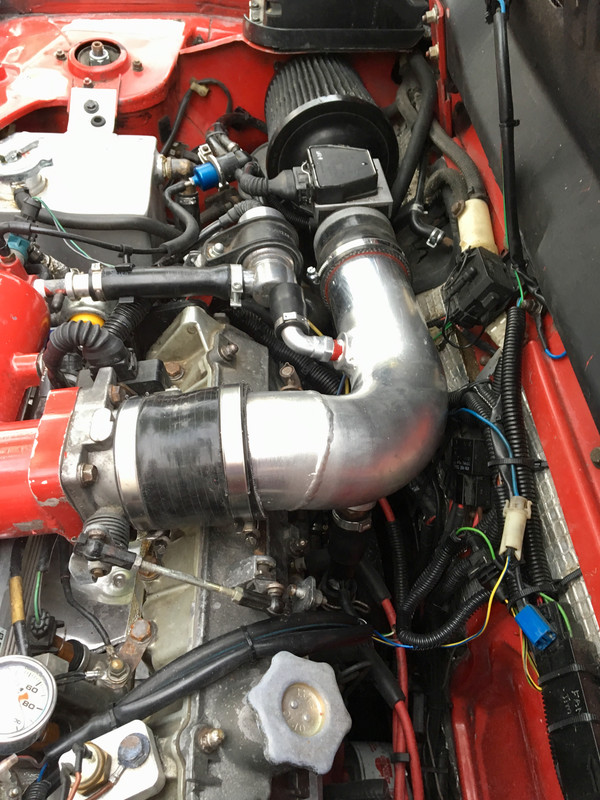Tristan smith
Low Mileage
I am looking to replace the factory inline fuel pump with something like a walbro 255 and a adjustable regulator but I'm not sure what the proper factory fuel pressure. Some assistance would be greatly appreciated
I am looking to replace the factory inline fuel pump with something like a walbro 255 and a adjustable regulator but I'm not sure what the proper factory fuel pressure. Some assistance would be greatly appreciated
Thank you muchThe Manual states 33-39psi
Tristan, keep in mind increased pressure is a function of reduced volume. To increase the pressure, a resistance must be added to 'back up' the flow and create head (that's what the pressure regulator does). So be sure any pump you choose has sufficient flow capacity to make the needed pressure. Walbro pumps seem to be good, I'm not familiar with their models (does 255 stand for L/hr or such?). For these engines it isn't to bad; under 40psi really isn't that high of pressure. So I'm sure it will be fine, but just something to make sure of before spending the money. Typically pumps are not returnable so I'd hate to see you get stuck with something that won't fit your needs.
I am looking to replace the factory inline fuel pump with something like a walbro 255 and a adjustable regulator but I'm not sure what the proper factory fuel pressure. Some assistance would be greatly appreciated


Good point. Many of the aftermarket pressure regulators do include a vacuum port connection to do this, typically referred to as raising rate regulators. The adjustment aspect allows you to set the base pressure at idle, then the vacuum signal adjusts that pressure with load changes. Not all regulators have the same rate of change for the vacuum signal, which can be used to increase mixture at a different rate if desired (by selecting a regulator accordingly).L-Jetronic does not keep a constant fuel pressure, but rather a constant difference between fuel pressure and plenum pressure. L-Jetronic relies on this for proper fuel metering, so whatever new regulator you put in should do the same thing.
Well stated. That was the point I was trying to make about the replacement pump having enough flow volume capacity to allow for the pressure needed.pumps used on Bosch EFI start with a line pressure much higher than required at the rail, so the regulator bleeds off at least 50-60% of the flow back to the tank
I am looking to replace the factory inline fuel pump with something like a walbro 255 and a adjustable regulator but I'm not sure what the proper factory fuel pressure. Some assistance would be greatly appreciated
Could you send an image of the upper right hand corner directed to the coil and ignition control. I seam to have some wires that are miss placed and I'm trying to piece it together







